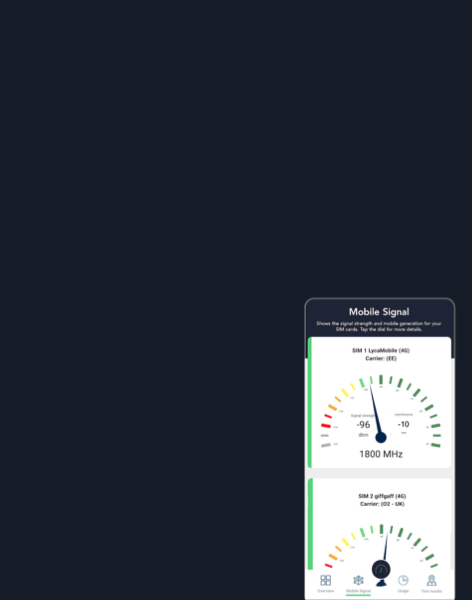How do we regulate spectrum in the stratosphere?
The frontiers of useful and valuable spectrum, we are told, are constantly moving upwards. A visitor from 2010, for example, might be shocked by Thai mobile operators paying $375 million for the 26 GHz band, or their South Korean counterparts paying $550 million for the 28 GHz band.
The same, apparently, is true of aviation. The role of air traffic control in aviation ends at 60,000 feet because the air is too thin for conventional aircraft. But High Altitude Platform Stations (HAPSHigh Altitude Platform Systems (HAPS) are ...), the subject of a new PolicyTracker dossier, are not conventional aircraft. Their use of the stratosphere creates a need for a new regulatory framework that can prevent collisions and coordinate the use of spectrum.
Large organisations such as NASA and Google are developing solutions in this evolving field, which brings together new groups of stakeholders.
As we explain in our new research note, Traffic interference management in the stratosphere, the eventual framework may have to rely on a range of innovative radio frequency interference management mechanisms.
US regulator the Federal Communications Commission (FCC) is consulting on using an interference model based on three-dimensional cones to allow more aeronautical services in the E-band. The Loon “floating cell towers,” backed by Google, use a complex cloud-based software-defined network for both spectrum management and air traffic management.
The research note is available to Spectrum Research Service subscribers, along with the other HAPS dossier articles, which give a comprehensive briefing on the technical and policy aspects of the field.
We also track policy developments in HAPS through our daily newsletter.•
